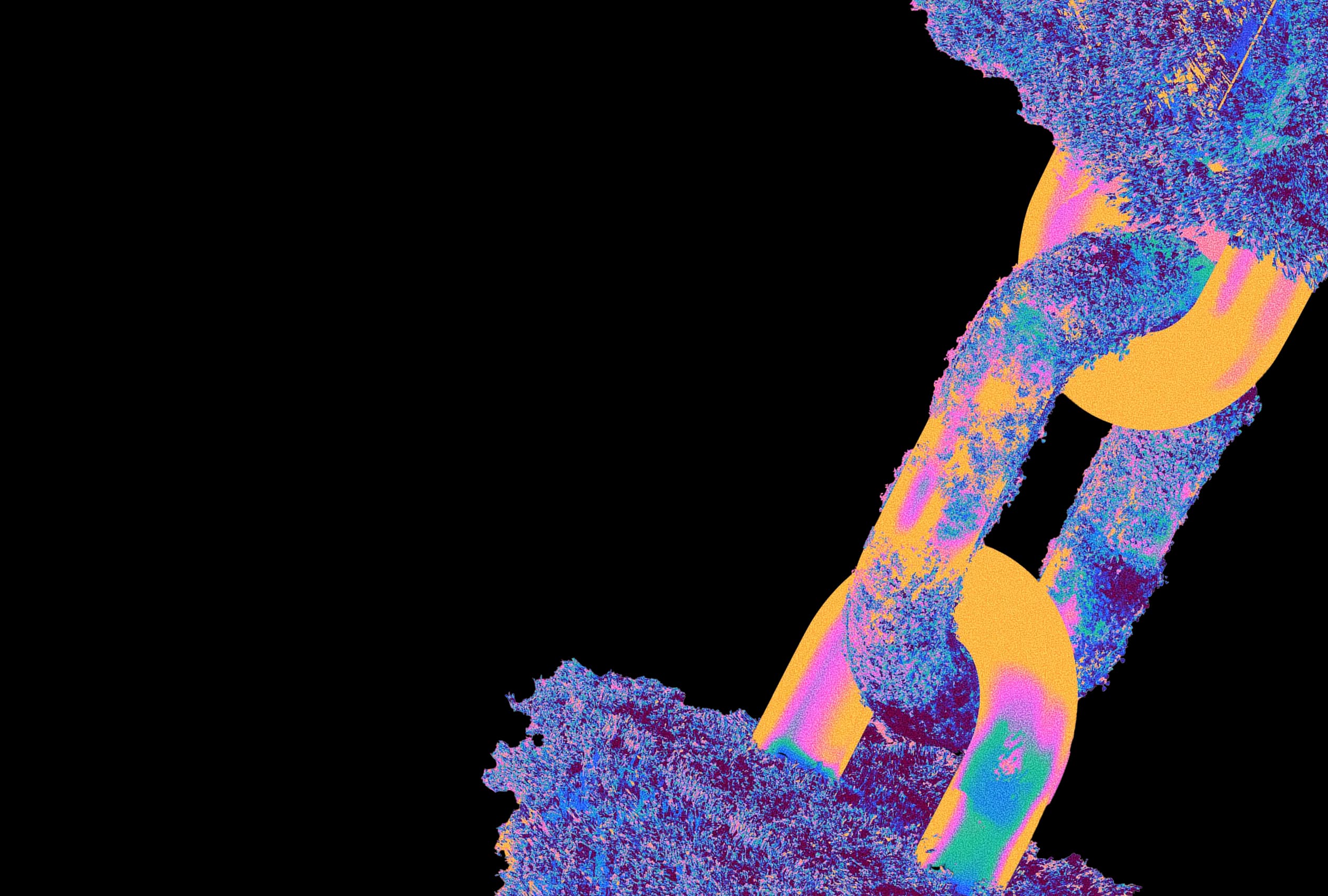A
Assay
A laboratory or computational test designed to measure the presence, quantity, or activity of a specific biological molecule (e.g., DNA, RNA, or protein). In computational biology, assays often generate the raw data that pipelines process, such as sequencing reads from an NGS assay.
References:
B
Bioinformatics
The field that combines biology, computer science, and data analysis to process and interpret large-scale biological data such as genomics or proteomics.
C
CLIA
A U.S. federal regulatory standard that governs laboratory testing quality and accuracy for human diagnostic samples. It ensures that results from assays or computational workflows used in diagnostics meet stringent clinical-grade requirements.
References:
Cloud Costs
The total expenses associated with running workloads on cloud infrastructure, including compute, storage, and data transfer.
CPU
The primary processor that executes general-purpose computations in both cloud and local environments. CPUs handle tasks sequentially, one instruction or thread at a time, making them ideal for logic-heavy and control-oriented workloads. In cloud pipelines, they typically manage orchestration, data preprocessing, and overall workflow coordination.
CPU Hour
A unit of compute cost representing one CPU core running for one hour; often used in cost tracking and optimization. Together with RAM, it is one of the two most important metrics to understand how well pipelines are running and whether they might crash.
D
Debugging
The process of identifying and resolving errors or inefficiencies in code or pipelines to ensure smooth and accurate workflow execution.
G
GPU
A specialized processor designed for parallel computation, capable of handling thousands of tasks simultaneously. GPUs excel at high-throughput workloads such as AI model training, image processing, and complex simulations. In cloud pipelines, they accelerate data-intensive stages like computation-heavy analyses or machine learning model execution, significantly reducing processing time.
I
Idle Instances
Compute instances that remain running but perform little or no work, often due to pipeline inefficiencies, scheduling gaps, or resource misallocation. Idle instances contribute directly to wasted cloud spend and longer turnaround times — one of the key inefficiencies Tracer detects.
L
Logs
Records of events and system outputs generated during pipeline or workload execution, used mainly for debugging and troubleshooting.
P
Pipeline
A series of computational steps or tasks (often called "tools" in bioinformatics) that process data from input to result.
Pipeline Optimization
The process of improving the efficiency and performance of computational pipelines, reducing cost, runtime, and/or compute resource waste (e.g., the size of CPU or RAM required).
S
Sample
A representation of biological material — such as a piece of tissue or blood — collected for testing, often to detect cancer, genetic disorders, or other biological conditions.
Silent Error
An error that occurs during computation but does not produce an immediate failure or visible alert. Silent errors can lead to inaccurate results, wasted compute, or failed downstream analyses, and are often detectable only through deep observability tools like Tracer.
Speed to Optimized Pipeline
The time it takes from initial workflow setup to a fully optimized and cost-efficient pipeline execution.
T
Turnaround Time
The total time required to complete one full pipeline run from input data to final output, including compute, queuing, and data transfer delays.


